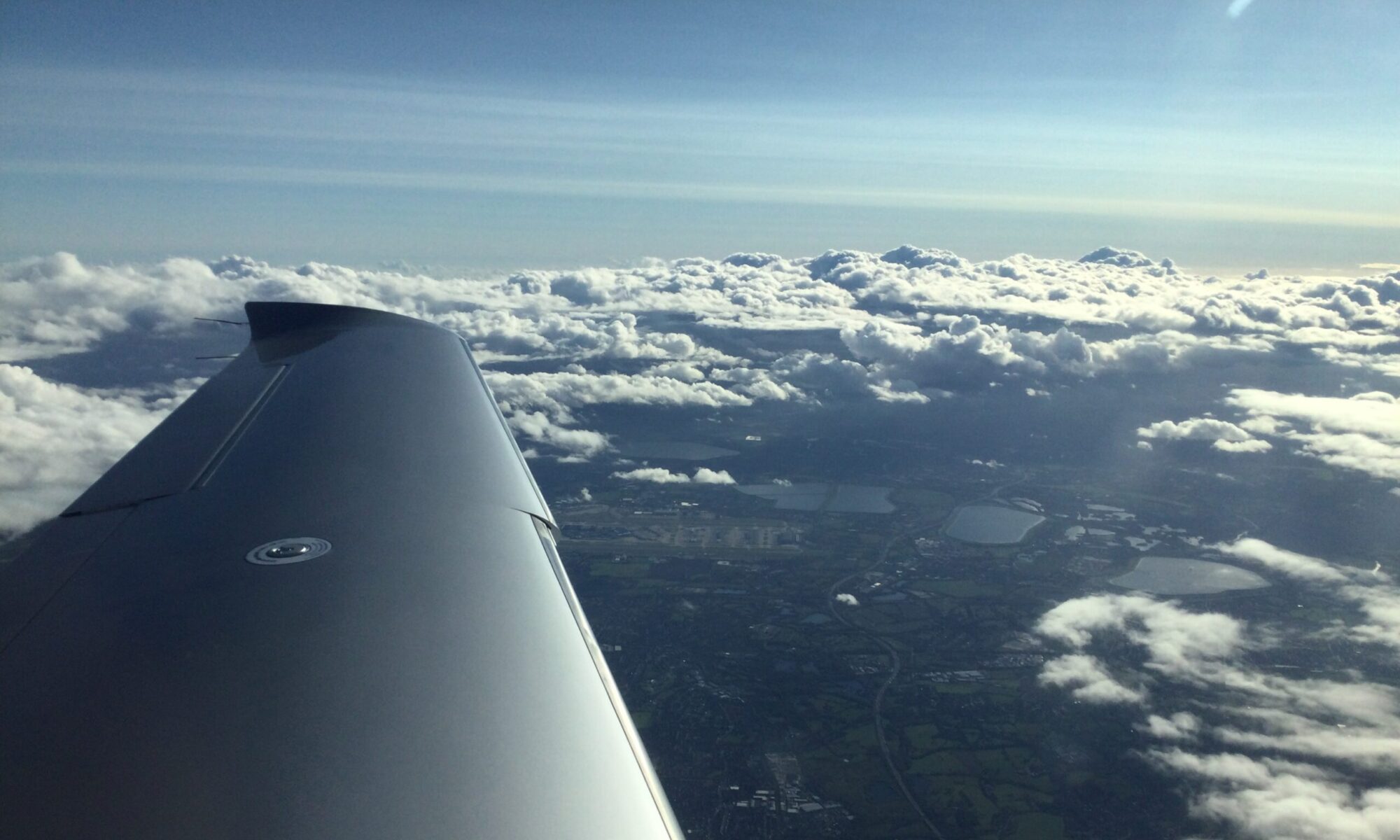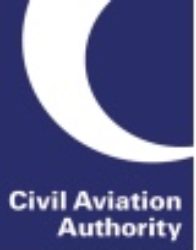Following an in-depth review of the Flight Radiotelephony Operator’s Licence (FRTOL) examination system and the training, testing and oversight of RT examiners, a new system will be introduced.
Senior RT Examiners
The CAA will appoint, train and authorise a small number of examiners who together will form a new panel of senior RT examiners. The panel, on behalf of the CAA, will set and maintain RT standards, and will provide ongoing oversight of the training and testing of RT examiners.
The CAA would like to invite expressions of interest from those individuals who may wish to consider the role of senior sxaminer (RT).
Successful applicants will be invited to interview and will meet the following criteria:
- Hold a current RT examiner certificate with at least 6 years’ experience
- Have conducted a minimum 60 RT practical tests
- Hold or have held either a CPL(A), a CPL(H) or an ATCO licence.
- Hold or have held flight instructor and examiner privileges
Please send a brief email outlining relevant experience and contact details to examiners@caa.co.uk with the subject title ‘Senior Examiner (RT)’
All applicants meeting the minimum requirements will be contacted by the CAA chief RT examiner who will give an overview of the planned changes.

